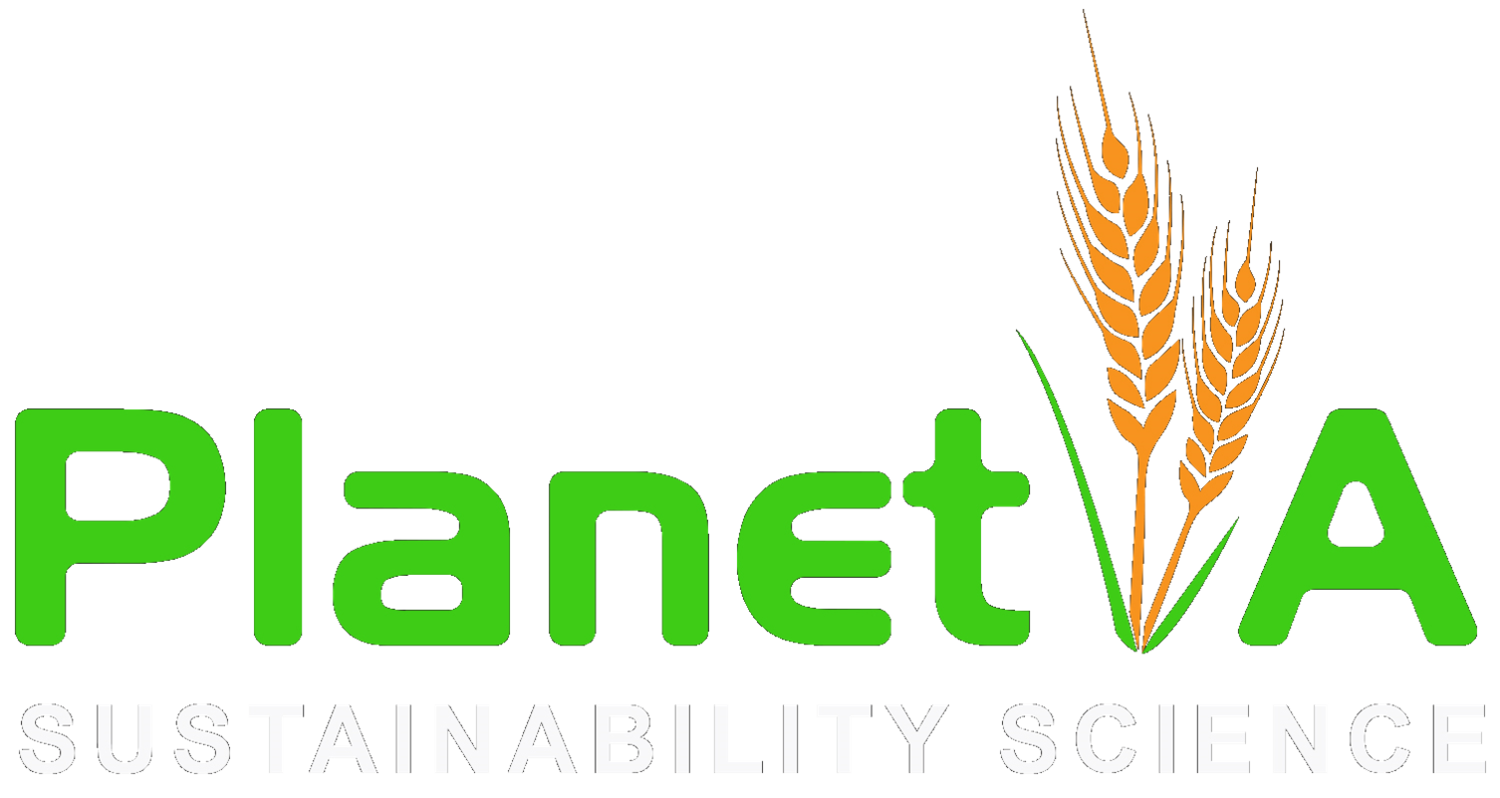Global, regional and national trends, food systems transformations and political economy drivers
[2020]
Authors
Baker, P., Machado, P., Santos, T., Sievert, K., Backholer, K., Hadjikakou, M., Russell, C., Huse, O., Bell, C., Scrinis, G. and Worsley, A.
Fig 1 . Ultra‐processed foods sales (kg) per capita by region, 2006–2019 with projections to 2024
Summary
Understanding the drivers and dynamics of global ultra‐processed food (UPF) consumption is essential, given the evidence linking these foods with adverse health outcomes. In this synthesis review, we take two steps. First, we quantify per capita volumes and trends in UPF sales, and ingredients (sweeteners, fats, sodium and cosmetic additives) supplied by these foods, in countries classified by income and region. Second, we review the literature on food systems and political economy factors that likely explain the observed changes. We find evidence for a substantial expansion in the types and quantities of UPFs sold worldwide, representing a transition towards a more processed global diet but with wide variations between regions and countries. As countries grow richer, higher volumes and a wider variety of UPFs are sold. Sales are highest in Australasia, North America, Europe and Latin America but growing rapidly in Asia, the Middle East and Africa. These developments are closely linked with the industrialization of food systems, technological change and globalization, including growth in the market and political activities of transnational food corporations and inadequate policies to protect nutrition in these new contexts. The scale of dietary change underway, especially in highly populated middle‐income countries, raises serious concern for global health.


